French version
This city enchanted the greatest travelers and inspired chroniclers who were dazzled by its fascinating charm. Sijilmassa especially aroused the covetousness of various powers that succeeded each other in ruling over Morocco, the entire Maghreb, and the South of the Iberian Peninsula. Thanks to the city of Sijilmassa, the Tafilalet region was once a crossroads connecting West Africa to the Mediterranean and Eastern worlds. Today, the remains of Sijilmassa can be found in the vicinity of the town of Rissani, in the province of Errachidia, revealing only a tiny part of its wonderful history.
Sijilmassa, between spiritual hub and land of political rivalries
The early days of Islam witnessed significant turmoil due to profound discord within its communities. In the first century following the death of the Prophet Muhammad, the powerful Umayyad and Abbasid dynasties clashed in a fierce war for monopoly over political and religious power in the Islamic world. While it is now known that two major currents, Sunni and Shia, quickly opposed each other to vie for spiritual legitimacy and truth, a third ideological branch emerged during the reign of the fourth caliph, Ali, amidst tension and sedition, with the intention of escaping the dominant Islamic orthodoxy. This branch came to be known as Kharijism and actually constituted the first of Islam’s heresies.
The Umayyads (in Arabic: الأمويون / al-umawiyyūn or بنو أمية / banū umayya) were an Arab dynasty of caliphs who ruled the Muslim world from 661 to 750.
The Abbasids were an Arab Muslim dynasty that ruled the Abbasid Caliphate from 750 to 1258. (source : Wikipedia)
The followers of Kharijism quickly fled from the East to escape persecution by the Umayyad, Abbasid, and Fatimid powers. Their spiritual leaders scattered throughout the Maghreb, reaching it as early as the beginning of the 8th century, following existing trade routes.
The Amazigh tribes of the Saharan regions of the Maghreb embraced this new spiritual ideology brought and preached by Kharijite refugees from the East. The Amazighs of the Tafilalet region in turn joined the leaders of these Kharijite dissidents and converted to their religion, Kharijism, specifically to one of its prevailing sub-branches known as the Sufri Kharijism, which distinguished itself by a moderate vision of Islam compared to other, more radical segments.
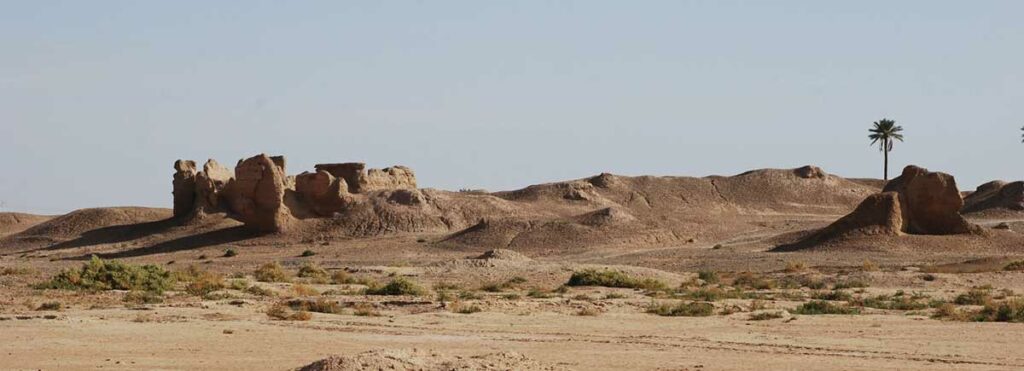
Sijilmassa, the oasis city founded by the Amazigh Zenata tribe.
As the Maghreb gradually came under the dominance of the Umayyad Caliphate based in Damascus, the Tafilalet region became a refuge for these dissident Arabs who harmonized with the rebellious spirit of the Amazigh tribes fighting against the conquering central power. It was under these conditions that the city of Sijilmassa was born in the years 757-758 on the eastern fringes of the desert, on the edge of the valley of the Ziz River. The city was founded by the Amazigh tribe known as the Zenata, adherents of the Sufri Kharijite rite and under the rule of their first leader, Semgou Ibn Wassoul Al Miknassi. Originally, Semgou was a shepherd settled in Tafilalet and professed the beliefs of Sufri Kharijism.
The city of Sijilmassa was initially led by Aïssa Ben Yazid El-Aswad, which literally means “Aïssa, Son of Yazid the Black” of the Béni Midrar tribe. He too followed the Sufri Kharijite doctrine and derived his name from his Amazigh Zenata father and his mother of sub-Saharan origin. His reign lasted for 15 years until the population revolted against him, leading him forcibly to the top of a mountain where he was abandoned and perished.
Semgou Ibn Wassoul succeeded him. He is considered the true founder of the city of Sijilmassa, its charismatic spiritual guide, and its great military leader.
The Zenata (in Berber: Iznaten or Iznasen) are a group of Berber tribes who historically inhabited an area stretching from western Egypt to Morocco, alongside the Sanhajas and the Masmoudas. Their way of life was primarily nomadic or semi-nomadic. They are the origin of numerous dynasties in the Maghreb, such as the Merinids, the Zianids, the Ifrenids, and the Wattasids. (source : Wikipedia)
It is crucial not to forget that the rise of Kharijism in the Maghreb contributed to strengthening the Great Berber Revolt that took place between 739 and 743 against the Umayyad Arab governors throughout the region. This context facilitated the rise of the city of Sijilmassa and its development as the capital of a true independent state, the Kharijite Emirate, under the authority of the Midrarids, also known as Wassoulites, who constituted the first dynasty of Sijilmassa.
After the city of Qairaouane (Kairaouane), founded in Tunisia in 670, Sijilmassa, then called “the oasis city“, became the second major city to emerge in the Maghreb under the influence of the new Muslim arrivals and their interaction with the existing peoples.
Of course, Sijilmassa quickly became the object of desire for the Arab dynasties holding central power. It was the subject of rivalry among Moroccan expansionist powers, notably the Almoravids, the Almohads, and the Marinids, from around 1260 until the city’s fall in 1393. This covetousness was fueled by its wealth and strategic location at the crossroads of trans-Saharan caravan routes, especially those linking Sijilmassa to Aoudaghost (or Awdaghust) located southeast of Mauritania and then capital of another Amazigh kingdom founded in the 9th century, those linking Sijilmassa to Awlil (Awlil is a salt mine in the western region within a day’s walk of Aoudaghost), the route from Sijilmassa to Gana, and finally the route from Sijilmassa to Tekroour (or Toucouleurs) in the regions of Senegal and Guinea.
It was the armies of the Almoravid dynasty, a strict Islamic movement, who were the first to conquer Sijilmassa in 1055. They put an end to Kharijism and reintroduced the so-called Maliki Islamic orthodoxy. Sijilmassa then became their launching pad for the conquest of the North.
However, the grand history continued its mixing, and the Marinid dynasty conquered Tafilalet in 1257 to officially seize Sijilmassa in 1274. This invasion marked the beginning of the city’s decline, as it definitively lost its status as an independent city and witnessed the slow dissolution of its unified political regime. The population of Sijilmassa settled in ksours (fortified villages) scattered throughout the territory of Tafilalet, each governed by a local lord.
The city of Sijilmassa was completely ruined and vanished forever. It became deserted. Perhaps to perpetuate its golden age, paradoxically, it was renamed “El Madina El Âamra” or “the populated city.” The name of Sijilmassa disappeared from memory by the 17th century and was replaced by the designation of Tafilalet.
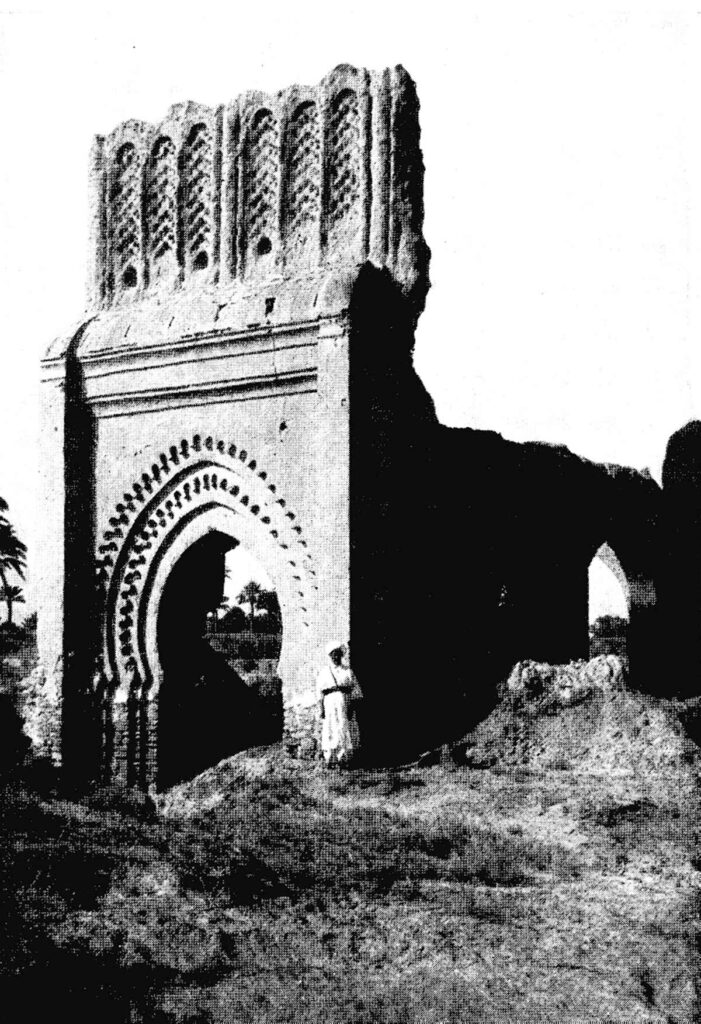
Source: Meunié Jacques. On the architecture of Tafilalt and Sijilmassa (Saharan Morocco)
A flourishing city steeped in tolerance and cosmopolitanism
Sijilmassa is situated on the banks of the Ziz River in the Tafilalet plain. In its early days, it was a vibrant religious center and exerted a fascination on populations of different ethnicities present in the surrounding territories, regardless of their faiths. Amazighs, Jews, Arabs, sub-Saharan Africans, and exiled Andalusians were all drawn to Sijilmassa over the years by the favorable conditions of tolerance conducive to constructive coexistence. Thus, this city and its diverse community were able to transform a once desert territory into a flourishing garden. Farmers, caravan traders, merchants, and artisans pooled their expertise for the construction of a prosperous oasis trading city that thrived from its foundation until the 14th century, spanning nearly six centuries.
Tafilalet (in Berber: ⵜⴰⴼⵉⵍⴰⵍⵜ, Tafilalt) is a historical region located in southeastern Morocco, characterized by a series of oases in the low valleys of the Ziz and Ghéris rivers, with its main cities being Erfoud and Rissani. This region, the main gateway to the Sahara and a trading hub between the North and the far South, the Maghreb and Sudan, was a significant center of trans-Saharan trade for many centuries. Today, Tafilalet corresponds to the province of Errachidia, formerly known as Ksar-es-Souk. (Source : Wikipédia)
Sijilmassa was primarily a transit point and the main gateway to the desert for trans-Saharan trade. Caravans traversing the Sahara would pass through and stop in this bustling trading city, connecting Morocco to Bilad al-Sudan, the “land of the blacks.” Caravansary trains crossed the desert via Sijilmassa. A single merchant, accompanied by guides and guards, would lead a caravan of sixty to eighty camels loaded with various goods: gold, salt, black slaves, ivory, ambergris, gum, shields, dates, wheat, raisins, iron utensils, silver jewelry, ceremonial clothing, perfumes, and more. In addition to its role as a commercial crossroads for trans-Saharan trade, Sijilmassa also controlled the minting of currency.
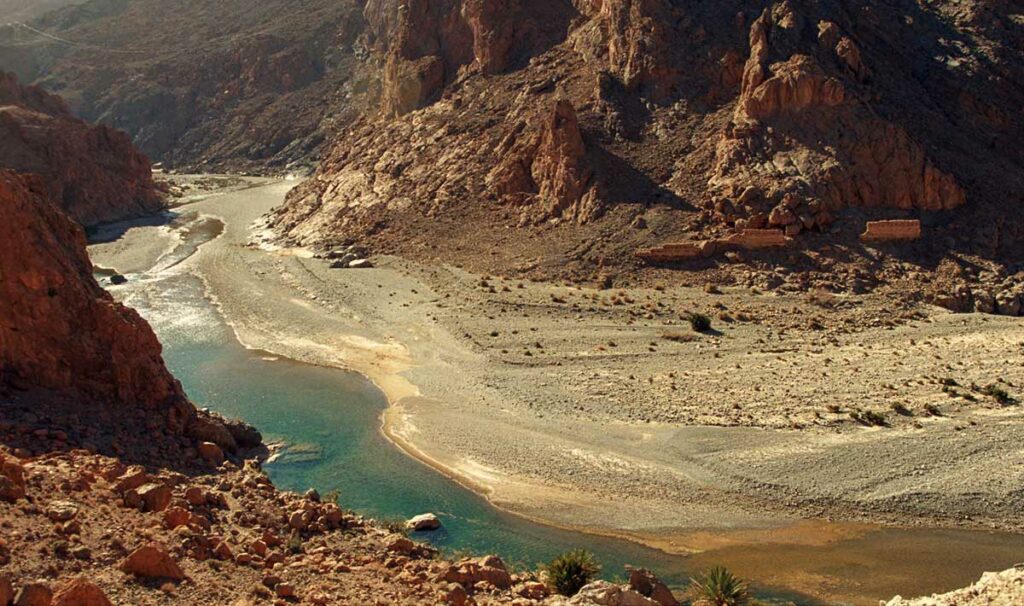
The abundance of water provided by the Ziz and Ghriss rivers, the richness of its groundwater like the legendary “Timedrine” spring known for its abundance, and the construction of a sophisticated irrigation system developed agriculture in the city of Sijilmassa, surrounded by a fortified oasis. Various products were cultivated there, including succulent date species, wheat, millet, corn, cotton, pomegranates, vines, and more.
Gardens and palm trees as far as the eye can see dot the city. This agricultural prosperity made Sijilmassa an oasis of delight wonderfully described by the Arab chronicler El-Idrisi:
« Sijilmassa is surrounded by vegetation, gardens, its site and surroundings are beautiful […] The harvests are abundant, the crops grow without the need for sowing. »
The population of Sijilmassa consisted of Amazighs, primarily the Zenata who founded the city, as well as the tribes known as Sanhaja and Masmouda. The Jewish population provided a significant portion of scholars, merchants, and artisans. Due to their experience, they monopolized the silver mines and gold trade. Naturally, there were also Arab populations who arrived with the Islamic conquest movements in the Maghreb. Finally, a black population originating from sub-Saharan Africa settled in the city through caravan trade, often under the status of slaves or servants. This led to the emergence of the Harratin communities, who played a significant role in the development of the entire Southeast region due to their agricultural expertise.
Iraqi merchants from Basra and Kufa also populated the city, along with many other foreigners. Sijilmassa offered a space of cosmopolitanism and tolerance, which allowed for a rich ethnic mix, proving to be the main key to its influence.
The economic prosperity of the city brought wealth to its governors and populations. Its merchants enjoyed unparalleled opulence in the Muslim world, and its inhabitants were considered the wealthiest.
Its grand market, called Ben Akla, was known for its function as a customs post, caravan terminus, central hub of trade, and, inevitably, tax collection site. This market was managed by a tribe known as Ait Kabbour. It was from this nerve center that imports came from all directions. From Bilad Al Sudan to the South came gold, slaves, ivory, ebony, salt, ostrich feathers, and llama hides. From Souss and Awlil to the West came brass, ambergris, and salt. Merchants from the Maghreb brought manufactured goods such as textiles, leather, ceramics, ironwork, glassware, and books. As for the merchants of Sijilmassa, they specialized in ceramics, leather craftsmanship, dates, wine, and coins.
Sijilmassa was one of the great populous cities of the Maghreb, surrounded by a wall with twelve gates. It took more than half a day to traverse the city, as it was about eight kilometers long and two kilometers wide.
The refined urban planning also reflected the magnificence of Sijilmassa. Enchanting gardens adorned the city. Water flowed abundantly in beautiful fountains, with large wheels drawing water from the Ziz River. It flowed through subtly constructed channels, crossing the entire city, nourishing lush gardens and orchards filled with date palms and vines surrounding the city.
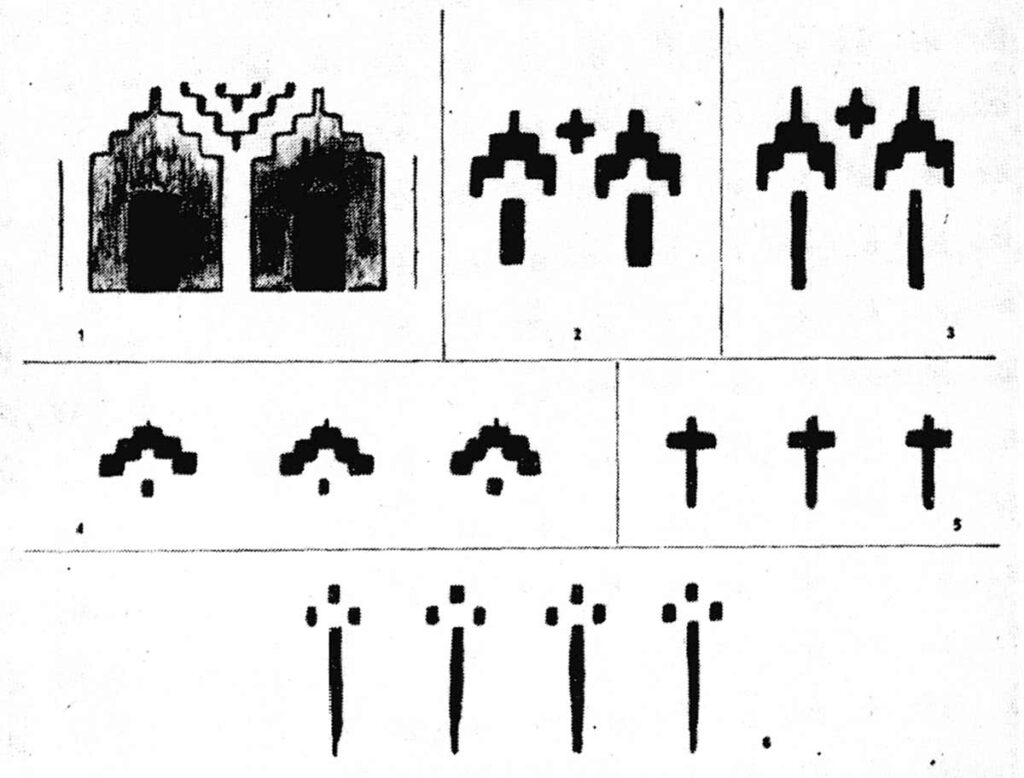
Many buildings showcase the beauty of the city. Dar Al Imara, the “government house,” was erected within the city’s walls. It was an elite residence worthy of the rulers of Sijilmassa, adorned with geometric patterns painted in black on white backgrounds and sculpted in stucco with painted Quranic inscriptions on the walls. Around three hundred and fifty castles were built, with the most famous bearing names like Tenegent, Tebuhasant, and Mamun, along with magnificent mosques beautifully decorated, Moorish baths, temples, and madrasas (theological schools). Four gates in the Sijilmassa oasis indicated the direction of the trading places. These were Bab Fez, the gate to Fez, Bab Sharq, the eastern gate, Bab Sahel, the Sahel gate, and Bab Gharb, the western gate.
The enduring and radiant pride of its own past
Thus, Sijilmassa was a vibrant, inspiring, and flourishing city. It possessed a mysterious allure that equally captivated mystics, warriors, travelers, scholars, merchants, and nomads alike. Unfortunately, the decline of this mythical city was abrupt and brought an end to the spirit of cosmopolitanism that once prevailed there. Sijilmassa is forever buried under the rubble and forgotten.
Its enigmatic history has given rise to numerous legends conceived in the popular imagination to keep alive the memory of a flourishing and radiant city in southeastern Morocco where living together was pleasant, where everyone brought their differences, experiences, and uniqueness to build a common, prosperous endeavor for the benefit of all and fully open to the outside world.
Sijilmassa is the pioneering city of a plural and fraternal world, forever vanished but which must remain a lasting and radiant pride for the Moroccan people, who are also plural, as well as for the Moroccan nation: the pride owed to such a glorious past.
Location
Source
- Sijilmassa : The Rise and Fall of a Walled Oasis in Medieval Morocco, Dale R. Lightfoot and James A. Miller
- The Last Civilized Place : Sijilmasa and its Saharan Destiny By Ronald A. Messier and James Andrew Miller
- Sur l’architecture du Tafilalt et de Sijilmassa (Maroc Saharien), Jacques Meunié
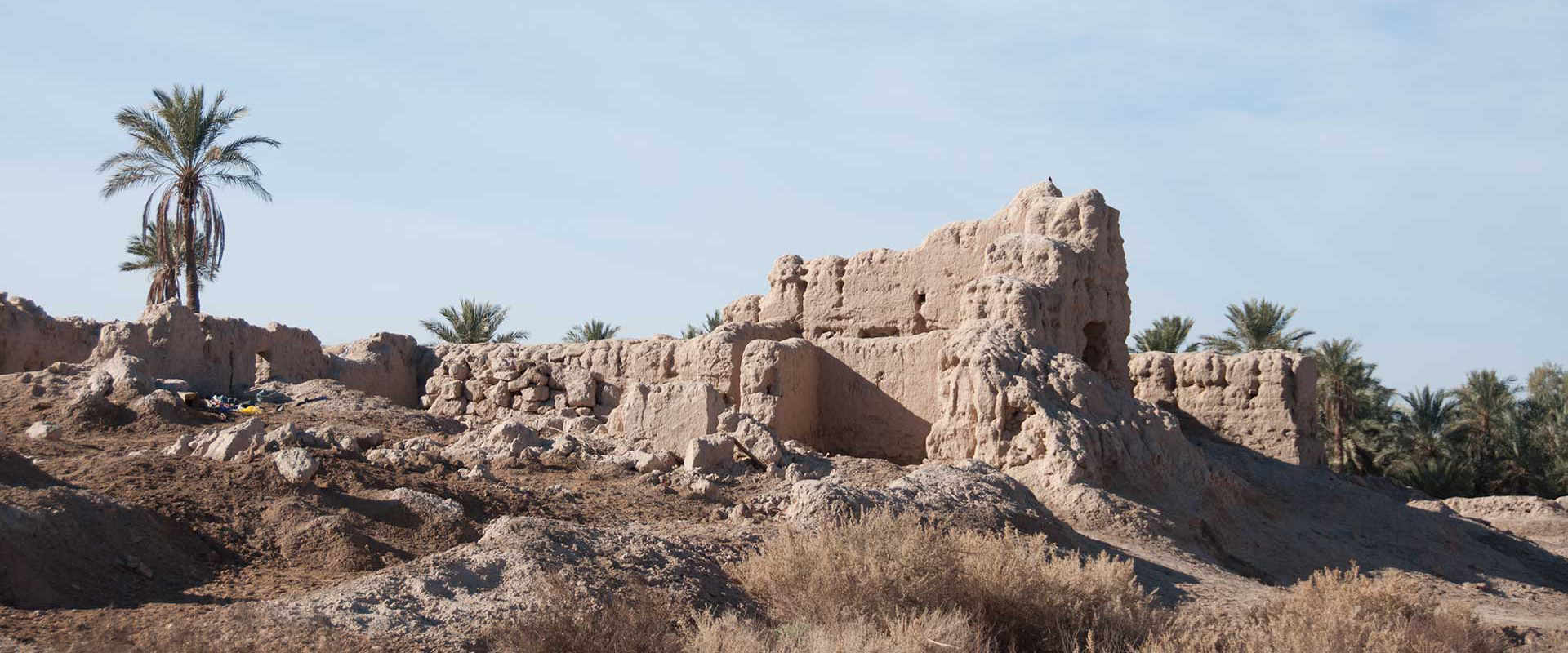

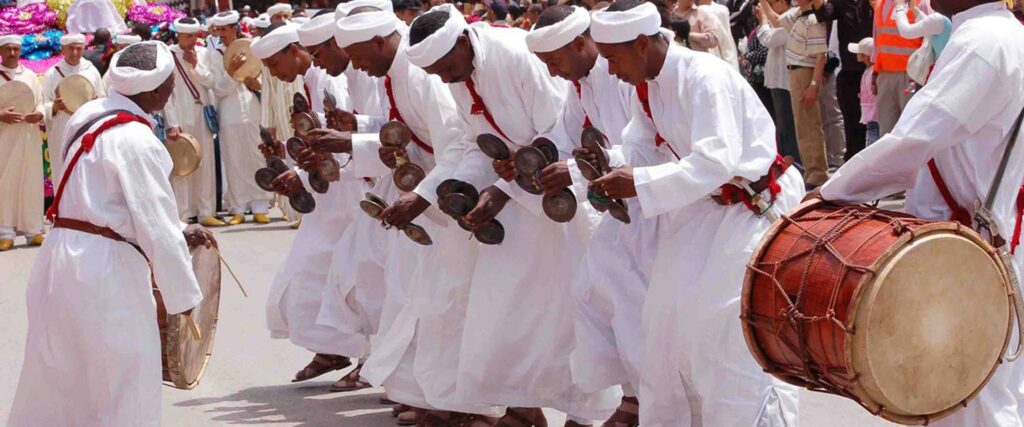
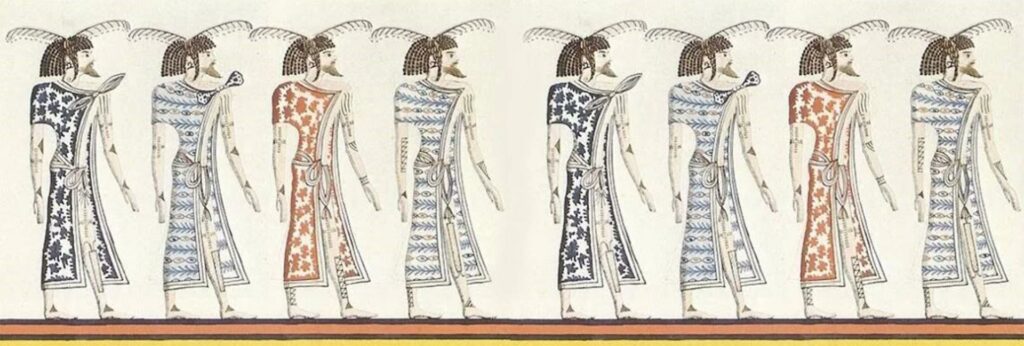
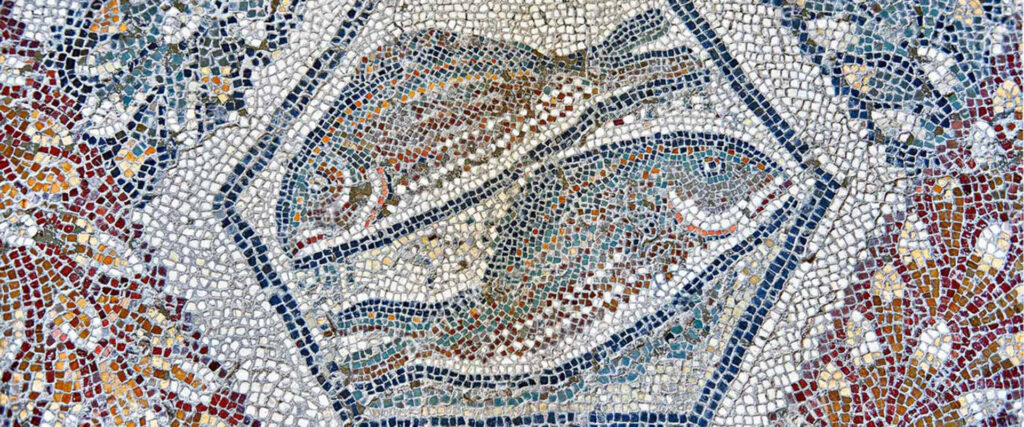
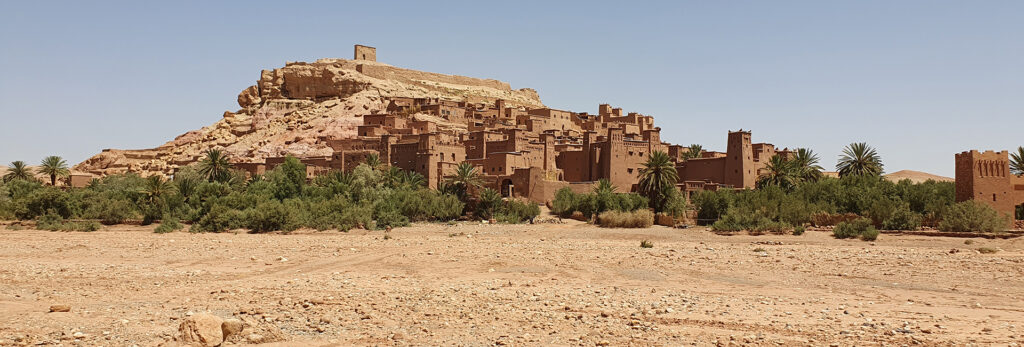

2 Responses
Very interesting article! The history of an incredibly rich city in all areas! But above all in openness, tolerance, and respect! A model of an intelligent and prosperous society! And to think that we had all of that ☹️☹️☹️☹️ what a shame. Today, we live the complete opposite of that magnificent era! Thank you, this article should make us seriously reflect 🙏🙏🙏
It’s the Atlantis of southeastern Morocco.